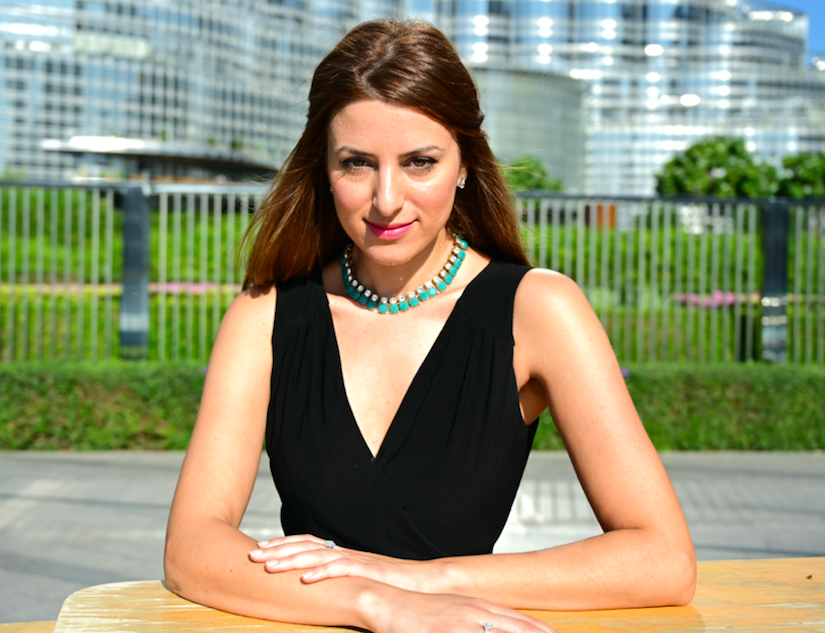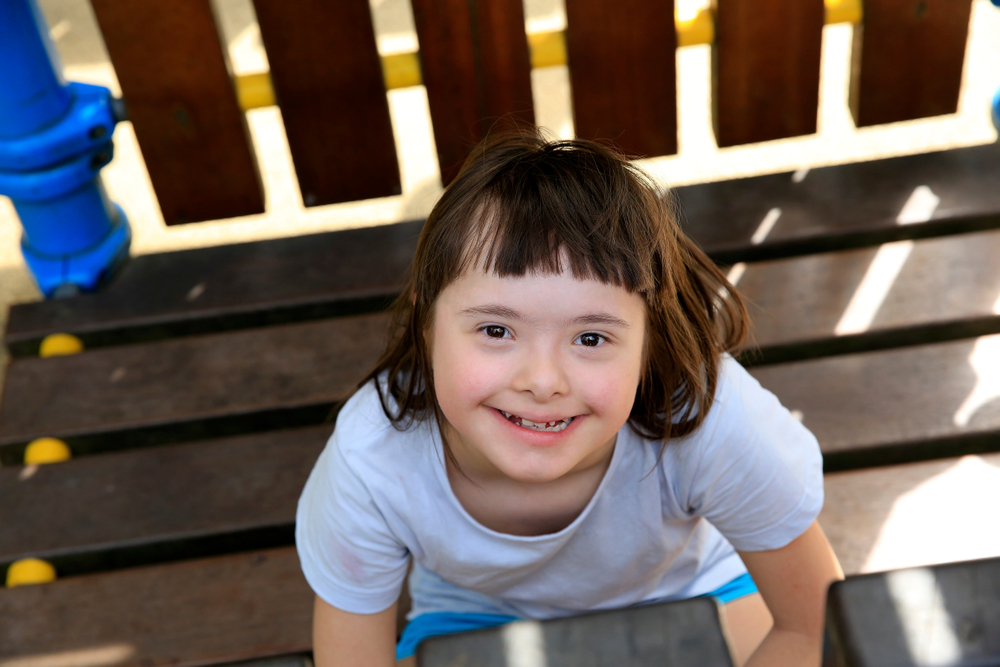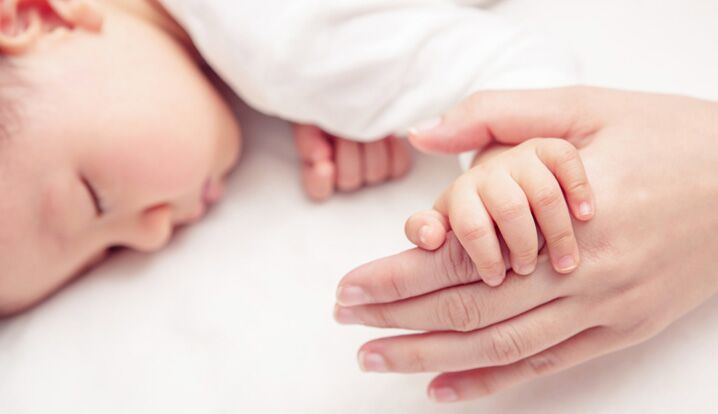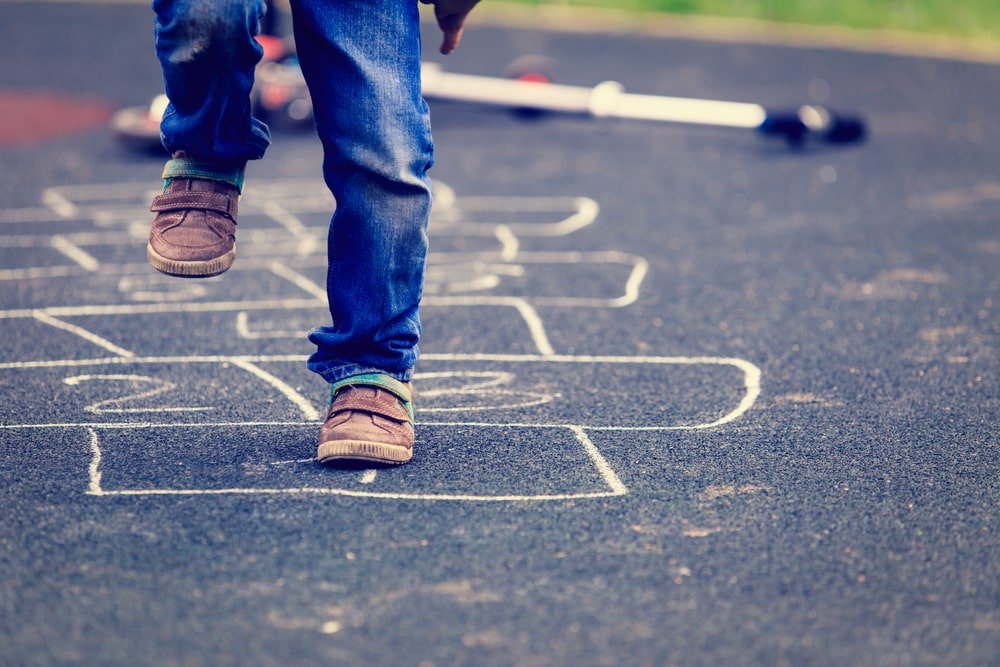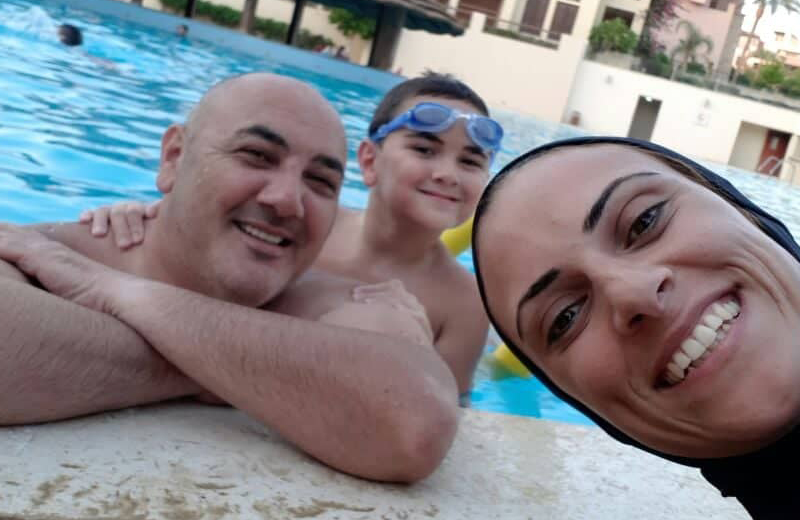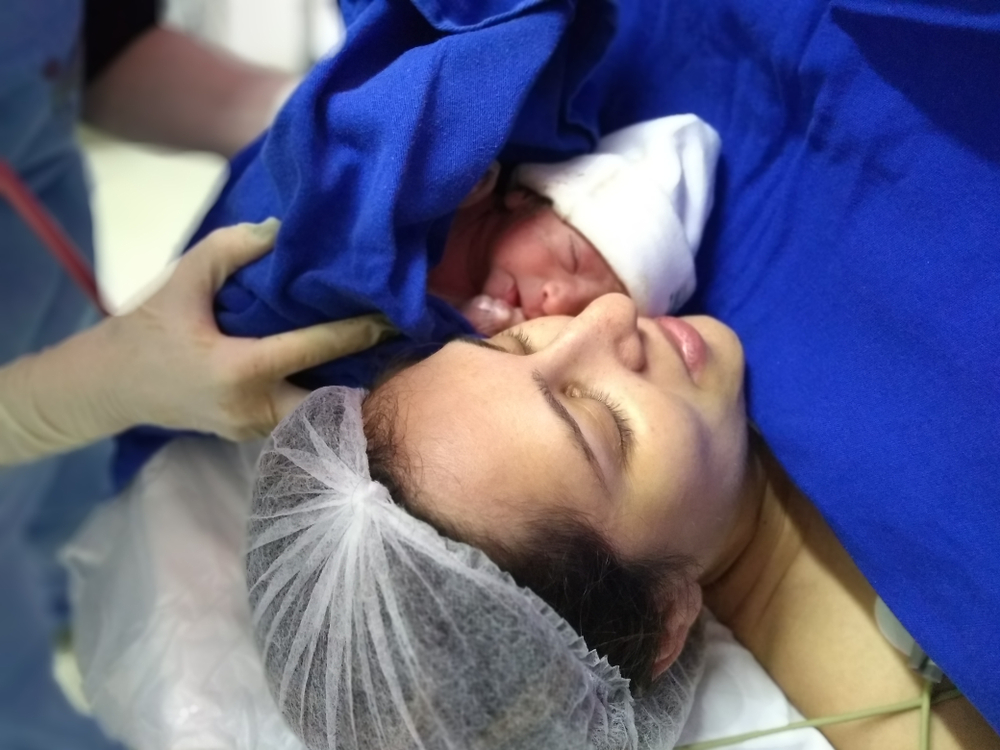Preschoolers 3-4 Years
Marhaba! Ways to raise a bilingual child
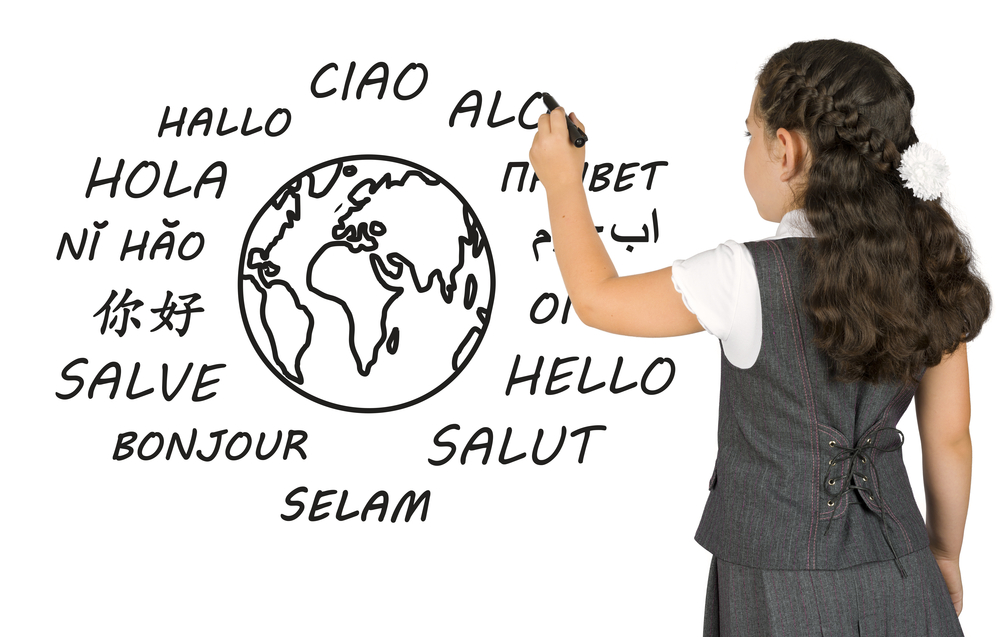
Marhaba! How do you do?
We live in a beautifully-cosmopolitan world where music, foods and costumes from the world over can be found anywhere and everywhere, physically or delivered at the click of a button.
The acceleration in globalisation since the 19th century has increased individuals’ interest in other countries’ pop cultures, but, more importantly, in their languages. This cultural boom has also meant that you’re bound to hear several languages wherever you land in the world.
Globalisation + Immigration = Second and third-generation family models.
Having a second or third-generation kid comes with the responsibility of teaching them their Mother Tongue. However, the “difficulty” lies in ensuring that they speak their parent language as fluently and frequently as the language of the country they’re growing up in.
What’s a parent got to do to make this happen? Read on.
Bilingual baby
Children are like sponges: they soak up all the sounds and words they’re exposed to, and when it comes to languages, they do that best from birth up to three-years-old. So go ahead and start talking to your little one in two or more languages from the moment you hold them in your arms.
Too late for my toddler?
Not at all. The second-best time for learning a new language is between the ages of four and seven, followed by the third-best time from the age of eight to puberty.
Gigliana Melzi, a developmental psychologist and associate professor of applied psychology at New York University, told the New York Times: “There is a push worldwide where English becomes like the lingua franca, so it’s important that the child be exposed to the other language early, and the younger you are, the more nativelike you’re going to sound. On the other hand, older children may learn more easily: The younger you are, the more head start you have; the older you are, the more efficient learner you are, you have a first language you can use as a bootstrap.”
Cause for confusion
Some parents worry that speaking to their kid in more than one language from birth will confuse them or hold up their development, however, recent research busts that myth.
It’s also natural and totally okay for your child to mix up the two or more languages they’re learning together (even we, as adults, do it all the time). Erika Hoff, a developmental psychologist and the lead author of a 2015 review article on bilingual development, told the New York Times: “Adult bilinguals mix their languages all the time; it’s a sign of language ability.”
Love the language
Make learning the languages feel as natural as possible. Kids really dislike being forced to do something, especially if it makes them feel weird or embarrassed.
Another important point is to tell your kids that it’s OK to speak in a different language to each parent; assure them that neither one of you feels excluded by not understanding what’s being said and that you’re proud of their bi/multilingual abilities.
How to raise a little linguist?
-
“One person, one language” approach
This is a method recommended by experts where each parent speaks to the child in their own native language. It is important to create a balance where the child is exposed to each language in equal volumes and in the same variety of situations: around food, toys, nature, etc.
Dr Hoff told The New York Times: “For everybody trying to raise a bilingual child, whatever your background and reason, it’s very important to realize that acquiring a language requires massive exposure to that language.”
-
Bilingual parents
If, for example, you speak Arabic and Spanish and your husband speaks English and Mandarin, you can apply the “two parents, two languages” method by having each parent speak to the child in their two native languages… and voila! You’ll have yourself a multilingual baby.
-
Instant Interpretation
When you teach a new word or a sentence to your child in, for example, Korean, tell them immediately afterwards its exact translation in the second language that you want them to learn. This can be applied when reading them a bedtime story, singing them a song, reciting poetry or having a simple conversation with them.
-
Outsider help
Other ways of exposing your child to both native languages are by getting their grandparents to speak to them in their Mother Tongue; by hiring a babysitter that speaks both your languages; by finding a bilingual playground; by attending Saturday School to join other kids at your preferred language class, and of course by travelling to the places where your languages are spoken.
-
Books, music and cartoons
Since kids love reading, watching cartoons and listening to music, use that as an opportunity to expose them to those things in the languages that you’re teaching them. Play that Italiano song in the car on the way to their playdate; put on that French cartoon (YouTube saves the day here) instead of the Disney channel; read them your most beloved Arabic bedtime story; sing your favourite childhood nursery rhymes and songs to them, and recite a piece of poetry for them.
There are many amazing benefits to being a bi/multilingual child, which you can read all about here.

